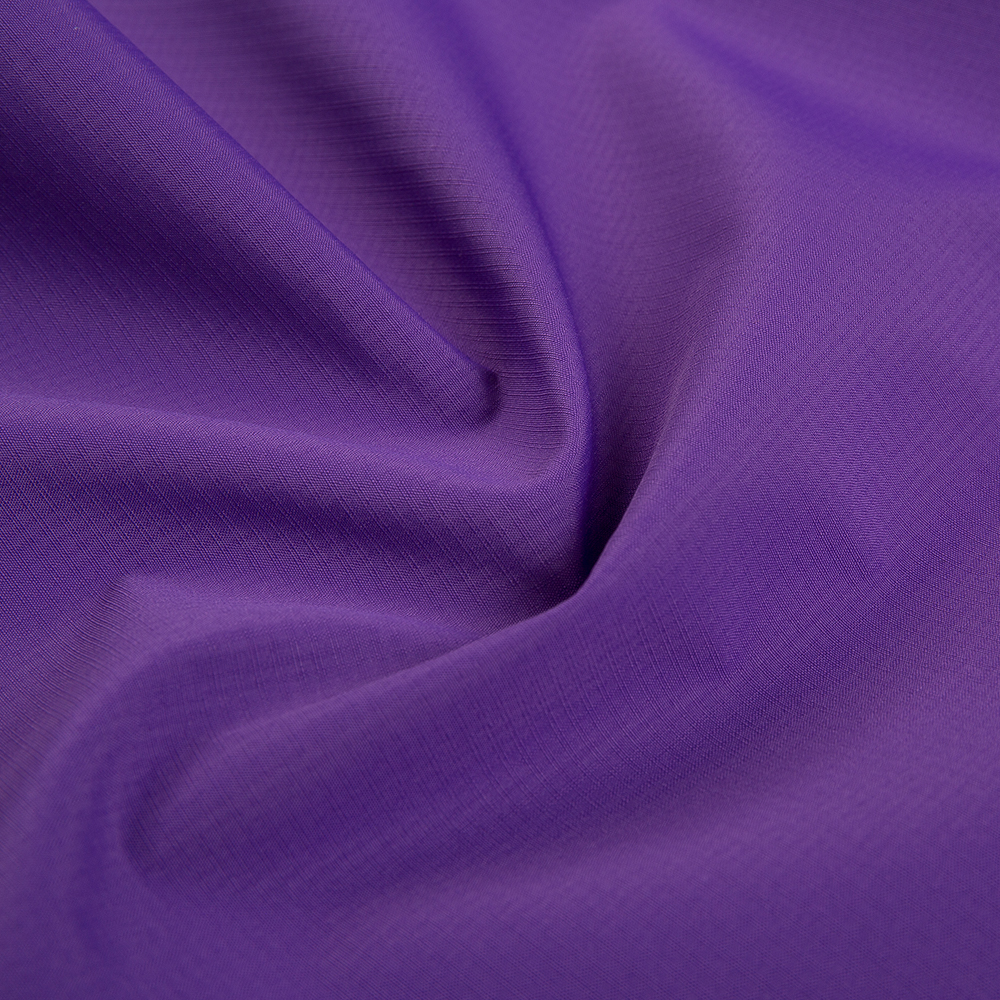Version design: When designing hard-shell clothing, ergonomic principles will first be considered to ensure that the clothing can fit the lines of the human body, not hinder movement, and provide good warmth and protection effects. Designers will draw layout drawings that conform to the size and curves of various parts of the human body. These layout drawings will mark the size, shape and angle of each part in detail.
Fabric selection: Hard-shell fabrics usually have a certain amount of elasticity and stretch, which allows the garment to better adapt to the body's curves when cut for a slim fit. Choosing the right fabric material and thickness is also an important factor in achieving a slim fit.
Cutting process: According to the pattern diagram, use professional cutting tools to cut the hard shell fabric into the required shape and size. When cutting, ensure neat edges and smooth lines while avoiding fabric waste.

Sewing process: Sewing is a key part of achieving a slim fit. Use appropriate stitches and stitch length when sewing to ensure the firmness and beauty of the garment. Some special sewing techniques, such as gluing, heat sealing, etc., can be used to connect fabrics in different parts while maintaining the waterproof performance of the garment.
Try-Ons and Adjustments: After the initial sewing is completed, fittings and adjustments are performed. You can check the fit and comfort of the clothing by trying it on, and make timely adjustments if any problems are found. Adjustments may include modifying the pattern, adjusting the size, optimizing the sewing process, etc. to ensure that the final effect of the garment meets the design requirements.
Through the above steps, the slim fit of the hard shell fabric is completed. This cutting method can highlight the lines of the human body, make the clothing more close-fitting and beautiful, and at the same time provide good warmth and protection effects.











